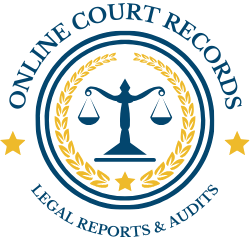Evidence presentation refers to the process of introducing, explaining, and arguing the significance of evidence in various contexts, such as in legal trials, academic research, or policy debates. It’s a critical component in the support of arguments, claims, or hypotheses. The manner and effectiveness of presenting evidence can significantly influence the outcomes of legal cases, the credibility of research findings, or the persuasiveness of policy arguments.
In legal settings, evidence presentation is governed by strict rules and procedures to ensure fairness and reliability. Lawyers present evidence to support their case, which may include witness testimony, documents, physical objects, or digital materials. This evidence must be relevant, credible, and admissible according to legal standards. The presentation of evidence is a key aspect of the trial process, where both sides (prosecution and defense in criminal trials, plaintiff and defendant in civil trials) aim to convince the judge or jury of their argument’s validity.
In academic research, evidence presentation involves the detailed exposition of data, methodology, and findings within a research paper or presentation. Researchers must clearly articulate how their evidence supports their conclusions, often adhering to specific citation and formatting guidelines that vary by discipline.
In policy debates, presenting evidence involves providing factual information, data analyses, case studies, or expert opinions to support or refute policy positions. Effective evidence presentation can influence legislative processes, public opinion, and policy implementation.
Regardless of the context, effective evidence presentation requires clarity, precision, and adherence to relevant standards and procedures to ensure that the evidence is understood and considered appropriately by the audience or decision-makers.




The importance of evidence presentation cannot be overstated. It is essential in legal, academic, and policy contexts to ensure that arguments are supported by credible and relevant evidence. The article provides a clear and comprehensive overview of the significance of evidence presentation in various settings.
The article’s explanation of evidence presentation is quite thorough and informative, shedding light on its critical role in legal, academic, and policy domains. However, it could benefit from more specific examples to further illustrate the impact of effective evidence presentation in different scenarios.